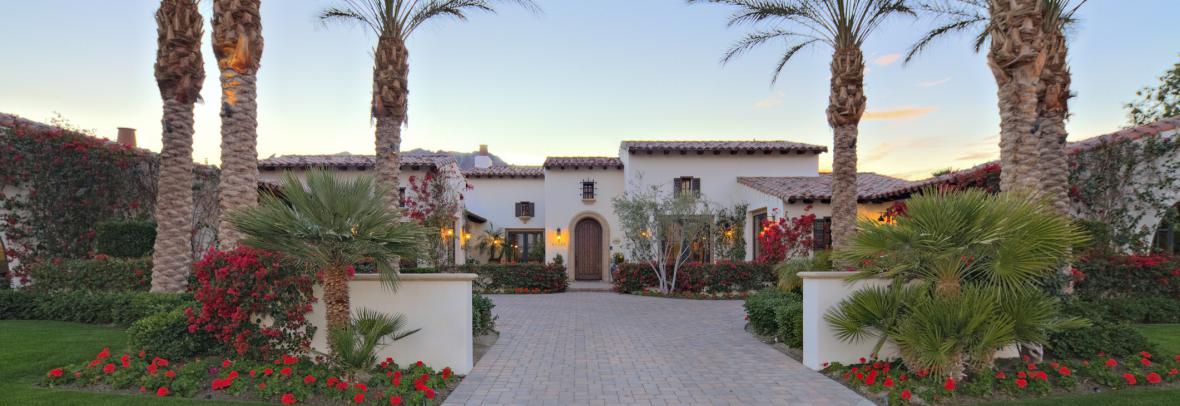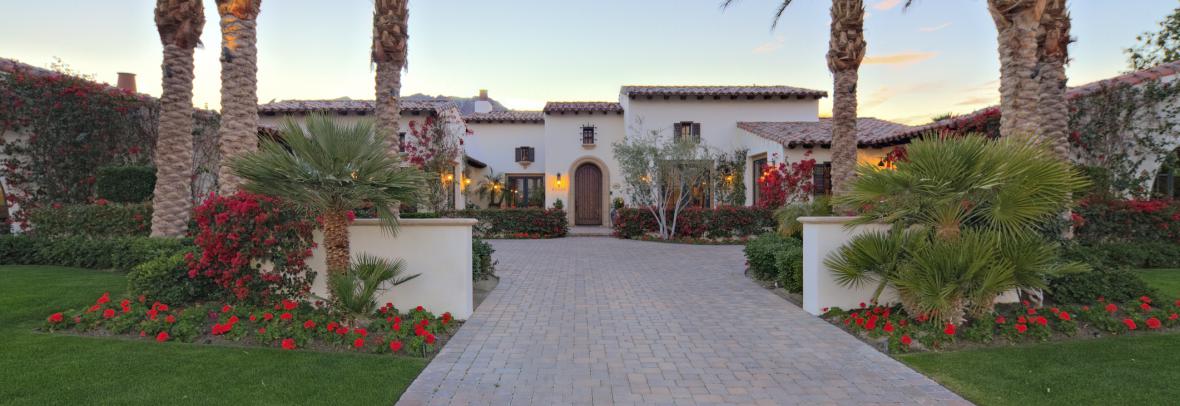
In Feb., the number of homes sold for more than $1M rose by 81% year-over-year, while the number of homes that sold for less than $100K fell 26%, according to NAR.
McLEAN, Va. – As wealthy Americans took advantage of cheap mortgages, increased savings and the ability to work from home during the pandemic, their demand for bigger homes and million-dollar listings outpaced sales of homes across all other price ranges.
The number of homes sold for more than $1 million rose by 81% to 17,216 in February, from 9,635 a year earlier. At the same time, the number of homes sold for less than $100,000 fell 26% to 22,569 from 30,382 a year earlier, the National Association of Realtors told USA TODAY.
In the Midwest, the volume of homes sold for above $1 million doubled in the same period. In the Northeast, the number increased by 98%. In the South, it was up by 94%.
At the same time, a lack of inventory of homes below $250,000 and job losses have caused a fall in sales of homes in that bracket.
More rooms; pricier homes
For Americans of means, the demand for larger homes was driven by a desire for more rooms that could be used as offices and gyms while they worked from home during the COVID-19 crisis, says Lawrence Yun, chief economist for NAR, who adds, “The larger space automatically means that it is more expensive.”
Falling mortgage rates (currently 3.04%) throughout 2020 and early this year also have also boosted sales of luxury homes, Yun says. Luxury homes are those in the top 5% of any market.
While growth in homes sales has been similar across price ranges in the past, it has diverged during the pandemic as economic inequality rises, the Seattle-based real estate brokerage Redfin found in a report given exclusively to USA TODAY.
Sales of luxury homes in the U.S. rose nearly 42% year over year in the first three months of 2021, far outpacing sales growth in every other price tier, according to Redfin. By comparison, sales of affordable homes (those in 5th-35th percentile) increased 7%, while sales of mid-priced homes climbed just 5.9%.
“There are people who have become much wealthier as their stock portfolios rise and they aren’t spending money on other things besides housing,” says Redfin Chief Economist Daryl Fairweather. “They are not going out to restaurants or on vacations, and they want to spend their money on housing, spending more time at home.”
The typical luxury home for sale during the first three months of the year spent 61 days on the market – 38 fewer than the same period in 2020. That compares with 26 fewer days for expensive homes, 18 fewer days for mid-priced homes and 14 fewer days for affordable homes.
One of the reasons the inventory of affordable homes is low is because those owners aren’t listing them, Fairweather says.
Homeowners in that bracket are hesitant to put their properties on the market because they’re worried they’ll struggle to find their next house, Fairweather says. Another reason is mortgage forbearance during the pandemic.
If you’re struggling financially, the forbearance relieves you of making mortgage payments, and having to sell, she says. “So that’s holding back inventory.”
Another reason for the low supply of affordable homes is the cumulative effect of builders not putting up enough homes ever since the last housing crisis when many went bankrupt, says Yun.
“Instead, builders have focused on luxury homes because of higher margins,” he says.
The U.S. housing market shortage increased to 3.8 million units by the end of 2020, according to new data from mortgage giant Freddie Mac.
Home prices rising
Home prices are rising in every segment of the market as low mortgage rates, the national housing shortage and a pandemic buying spree fuel competition.
Prices of the country’s most affordable homes rose 16.5% year over year in the first quarter, with luxury prices seeing a similar gain at 14.7%. The remaining three tiers saw increases of closer to 10%, according to the report.
Copyright 2021, USATODAY.com, USA TODAY, Swapna Venugopal Ramaswamy
Go to Source
Author: marlam



